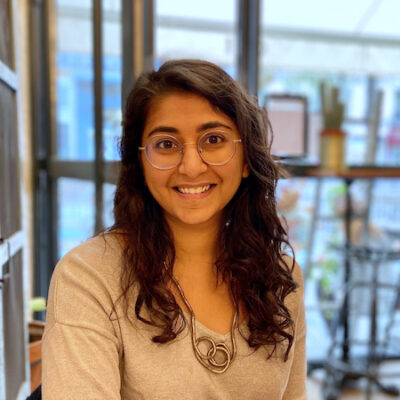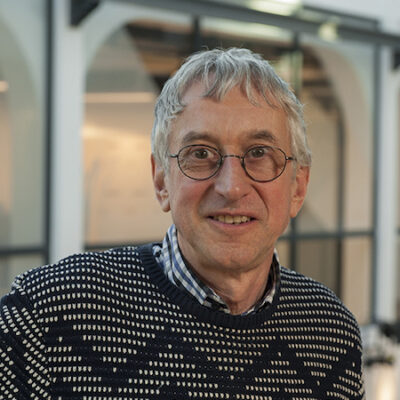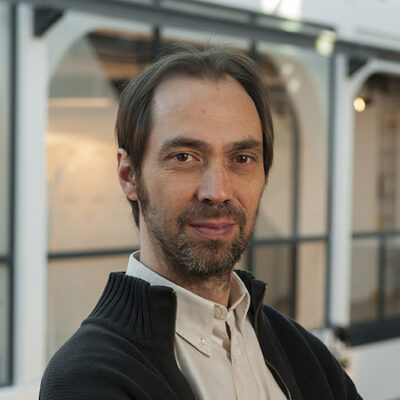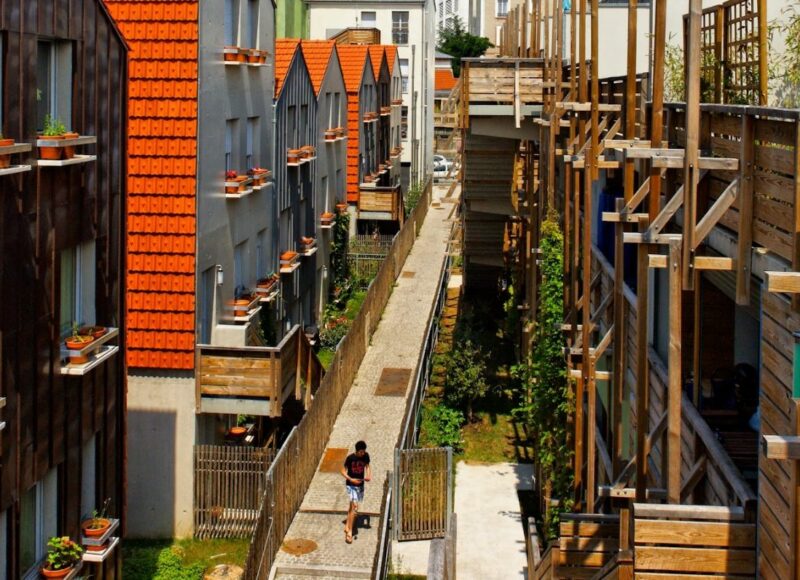Project
Including indoor air quality into buildings’ life cycle assessments
Taking into account indoor air quality in buildings’ life cycle assessments is a means of designing buildings with a reduced impact on occupants.
Researchers
PhD Student
Ecole des Mines Paris-PSL
CES
CES
Research Director
Ecole des Mines Paris-PSL
CES
CES
Research Associate
Ecole des Mines Paris-PSL
CES
CES
Tool
This software program for life cycle assessment of neighbourhood projects is used to measure the environmental impacts from the manufacture of materials to the end of their life.
Learn more
Life-cycle assessment is a method to assess the environmental impacts of buildings and infrastructures throughout their life cycle, from the extraction of raw materials through to their end-of-lifetime handling.
Learn more
- About
- Researchers
- Tools
- Research areas






